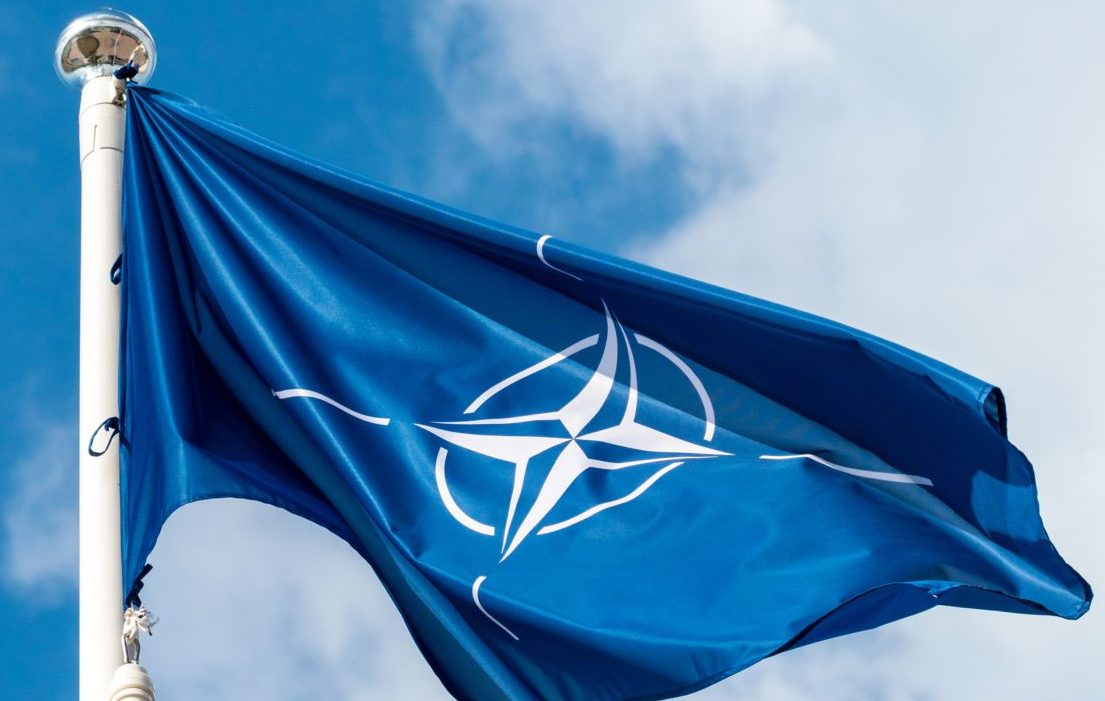Of Course NATO Wants To Escalate With Russia

A recent report in the German newspaper, Der Spiegel, claimed that Tod Wolters, the North Atlantic Treaty Organization’s (NATO) supreme allied commander Europe, has proposed placing more NATO troops in Bulgaria and Romania in response to about 100,000 Russian troops gathering on the Ukrainian border.
While Der Spiegel did not have a direct quote from Wolters, the outlet claimed they had received information that Wolters advocated for beefing up the alliance’s presence on NATO’s eastern front in a meeting with military chiefs from member and allied nations. The establishment of NATO military installations in the two Balkan states that entered NATO in 2004 would effectively expand NATO’s “Enhanced Forward Presence” mission, which has placed NATO troops on Russia’s doorstep, namely in the Baltic States and eastern Poland. It should not come as a surprise that the top NATO brass is advocating for a continued buildup in response to Russian posturing near Ukraine. It’s a surefire way to keep NATO from becoming irrelevant, and for Wolters and others to keep their jobs—not to mention the power that comes with it.
NATO refused to comment on Der Spiegel’s report; however, NATO Secretary-General Jens Stoltenberg said the alliance would “constantly assess the need to further adjust our posture, our presence, also in the Southeast of the region, because we need to be sure that we can always protect and defend allies against any threat,” on Friday.
After NATO’s 2016 Warsaw Summit, the alliance decided it would increase its forward presence in Estonia, Latvia, Lithuania, and Poland—each of which shares a border with Russia (Poland and Lithuania border Russia’s Kaliningrad). The Enhanced Forward Presence operation began in earnest the following year, when four battalion-sized troop deployments composed of troops from various member states were stationed in these nations on a rotational basis. The effort, according to NATO’s website, was to “demonstrat[e] the strength of the transatlantic bond, and mak[e] clear that an attack on one Ally would be considered an attack on the whole Alliance,” in line with NATO members’ Article 5 commitments.
Now that NATO cannot move much farther eastward in Europe, aside from offering Ukraine full membership (for which the process has already begun), it has turned to beefing up its already established presence at Russia’s doorstep.
NATO already has operations located in Romania through Enhanced Forward Presence’s sister operation, Tailored Forward Presence, which seeks to strengthen the south-eastern front of NATO’s reach by providing a flexible military presence that can respond rather rapidly if a crisis were to ensue. The land troop operations is based out of Craiova, Romania, where groups of multinational troops train together to accomplish Tailored Forward Presence’s stated goals beyond that of deterrence. NATO also has Human Intelligence Centre of Excellence in Oradea, the Multinational Division Southeast Headquarters in Bucharest, and the Aegis Ashore ballistic missile defense system at Deveselu Airbase.
Bulgaria only has one major known NATO facility within its borders. In Sofia, Bulgaria, NATO has established a small headquarters for NATO Force Integration Units (NIFUs), which is used for training troops and functions as a base for rapid deployment troops.
President Joe Biden has repeatedly tried to assuage concerns that the United States, with its NATO allies, is hurtling towards a war with Russia if it were to take further action against Ukraine. However, the president’s assurances have been regularly undermined by members of his own administration in the State Department, not to mention America and NATO’s military brass who seem to keep blasting out foolishly hawkish foreign policy views.
Not too long ago, I wrote another blog post in response to an op-ed James Stavridis, the former supreme allied commander of NATO, wrote for Bloomberg in which he argues U.S. troops should intervene in Ethiopia’s escalating civil unrest that risks becoming a full-blown civil war. There’s many problems with Stavridis’ opinion, with the foremost being he never actually specifies what side the U.S. would take in the conflict. It seems the current NATO leadership isn’t too different from the old, where beating the drums of war helps the NATO alliance accumulate more power unto itself and ensures that the United States will continue shelling out billions of dollars for more and more security dependents that constantly inflate the threat that Russia poses—risking the prospect of all out war in the process.